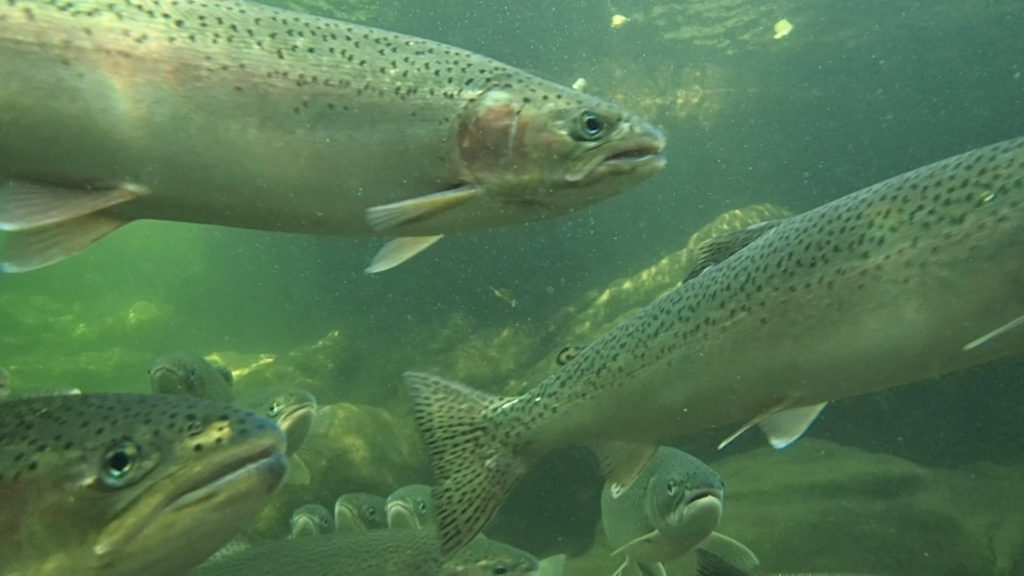Cal Trout On Reviving Southern Steelhead

Our friends at California Trout have been fighting for a dwindling population of steelhead in Southern California waters, including a long-standing quest to list the anadromous fish as endangered. The conservation organization is now expanding its reach in the Southland as it continues to ride momentum to re-establish steelhead in these waters. Here’s more from Cal Trout:
The Southern Steelhead Coalition is expanding its reach across Southern California, nearly doubling the area it covers to advance landscape-scale restoration efforts for the iconic Southern California steelhead, a critically endangered species. The coalition now covers more than 10 watersheds from Santa Maria to the Santa Monica Mountains, coordinating projects across partners through cost-effective strategies to recover this endangered native fish.
The coalition’s expansion is a necessary step towards achieving our collective mission of saving a species that serves as a vital indicator of watershed health throughout the region.
Why Landscape-Scale Recovery Matters
Jurisdictional boundaries often inform human day-to-day activities and communities, but to Southern steelhead – they mean nothing. These impressive fish often journey hundreds of miles during their migrations, traveling across and between watersheds and even through our very backyards to successfully complete their lifecycles. Their recovery requires coordinated action across watersheds – a scope too vast for any single organization to tackle alone.
“Landscape-wide restoration requires covering such a large area of land that it is impossible for one group to do it all by themselves,” explains Elizabeth Burns, CalTrout’s Southern California Project Coordinator and leader of the Southern Steelhead Coalition. “It requires teamwork unifying people with diverse perspectives and experience.” …
Expanding Our Reach
Previously, the Coalition primarily served the Santa Clara and Santa Ynez watersheds. With this expansion, the organization can now apply for grants across a much broader area, enabling landscape-scale restoration throughout all parts of the steelhead lifecycle.
“Prior to expanding, we could not apply for grants in areas the coalition did not cover and now we can, which is key for recovering native populations and restoring ecosystem health,” Burns explains. “It was a completely piecemeal process before this expansion.”


